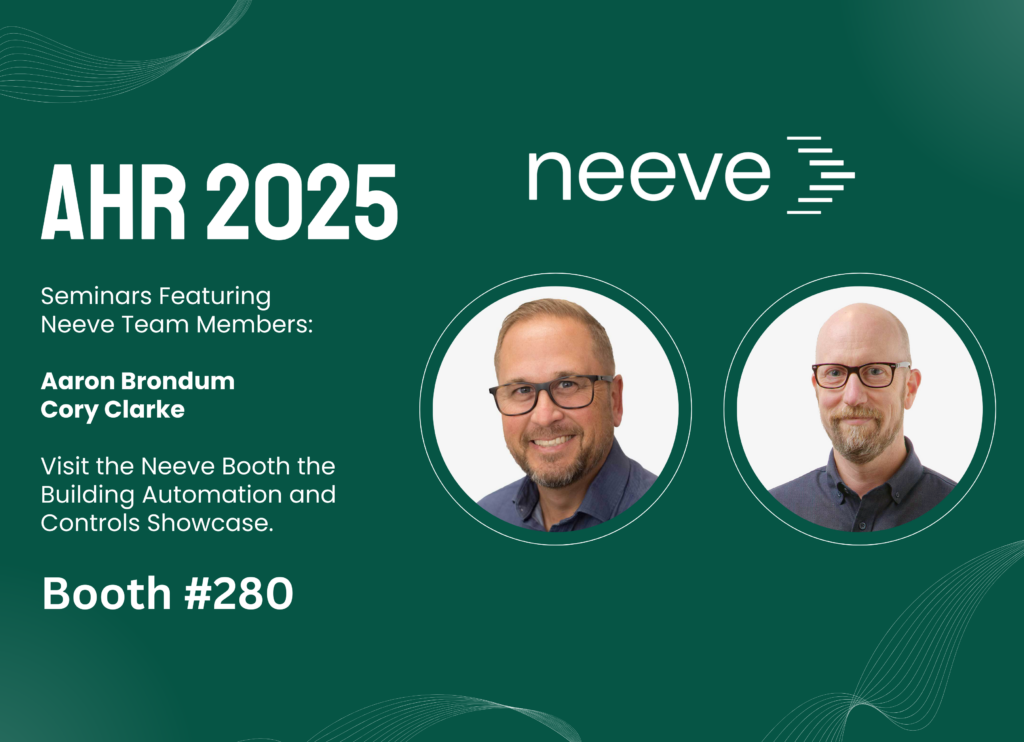
AHR 2025: Seminars Featuring Neeve Team Members, Aaron Brondum and Cory Clarke
The Neeve team is looking forward to the opportunity to speak at AHR 2025 February 10-12. Get to know our presenters, Aaron Brondum and Cory Clarke.
Home » internet of things » Page 2

The Neeve team is looking forward to the opportunity to speak at AHR 2025 February 10-12. Get to know our presenters, Aaron Brondum and Cory Clarke.
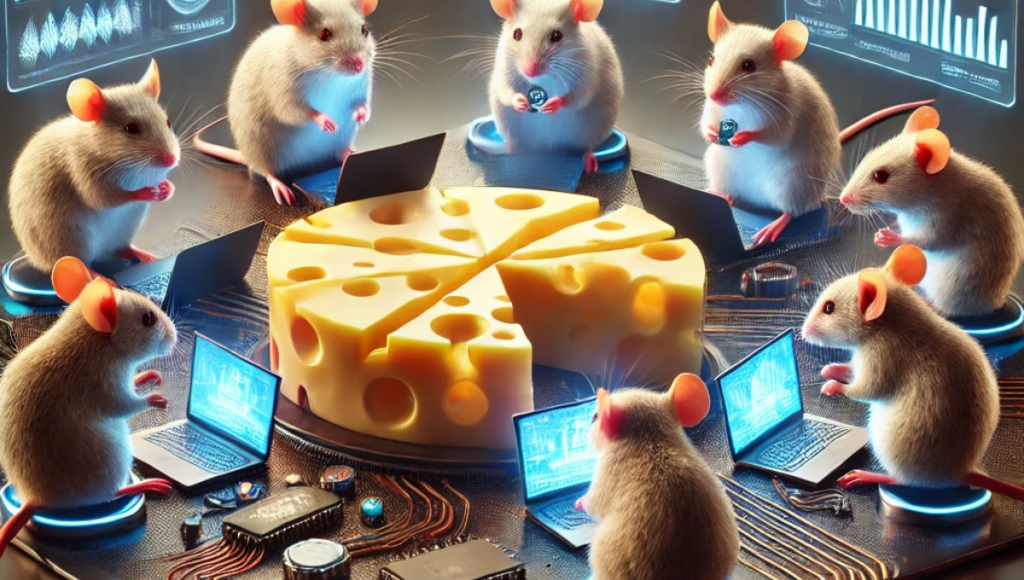
In a recent episode of Monday Live, industry leaders convened to discuss the future of smart buildings and the role of interoperability. The conversation, inspired by the book “Who Moved My Cheese?”, focused on the concept of an “interoperable cheese platter”: a holistic solution that combines various technologies and approaches to address the evolving needs of the industry.
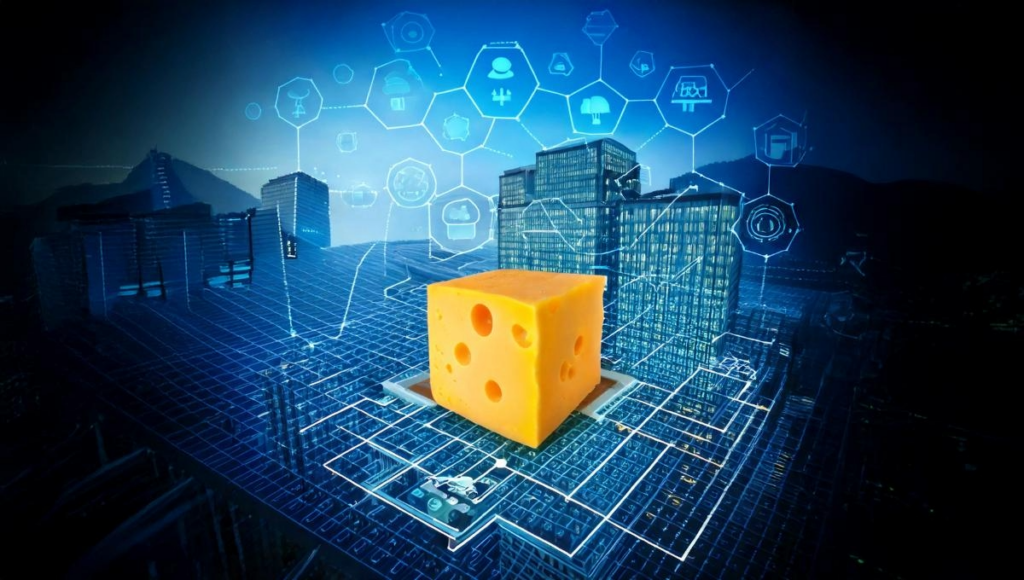
Moving the Cheese: How to Adapt to Change in the Building Automation Industry
A discussion on the challenges and opportunities in the age of AI and open standards

The smart building industry is booming, but a familiar foe threatens to stifle its progress: the staffing shortage. Finding and retaining skilled workers is challenging across sectors, and smart building providers are feeling the pinch. As demand for intelligent building solutions grows, companies struggle to scale their operations with limited manpower.
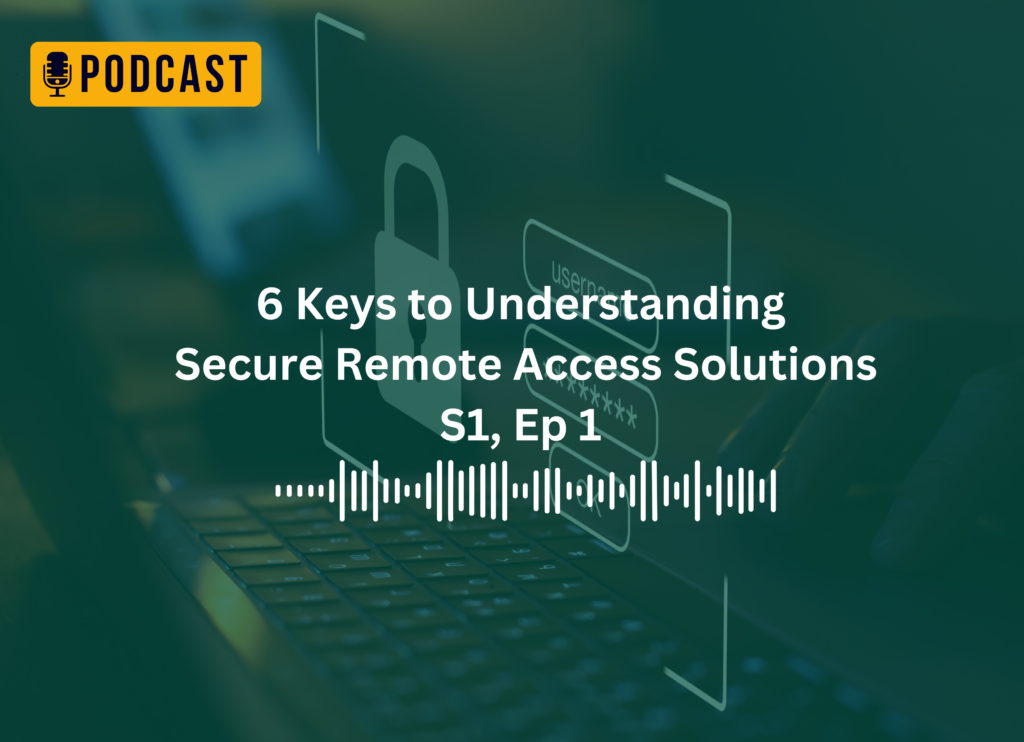
As digital infrastructure evolves, secure remote access has become essential for managing operational technology (OT) environments. Neeve’s solutions are designed to simplify this process while ensuring your spaces are secure, efficient, and easy to manage. Here, we break down key concepts and practices for secure remote access to help you make informed decisions.
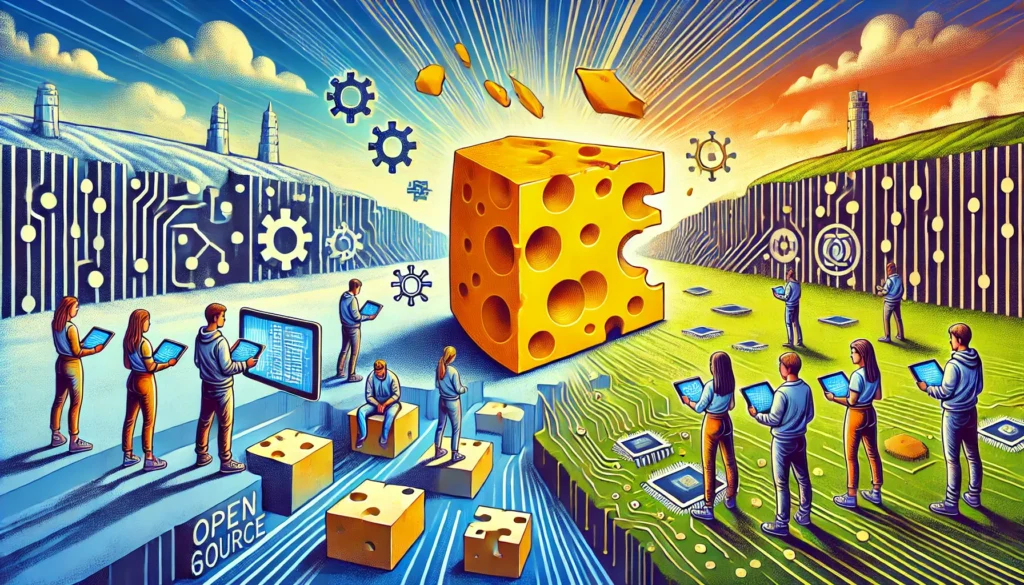
The cheese is moving! We’re seeing a shift in the way the younger generation thinks. They’re no longer looking for a single-walled garden vendor to control access to content, applications, hardware, and user data. They’re all about composability and being in control of their own destiny.

Happy New Year! In the first MondayLive! session of 2025, industry veterans gathered to discuss this very issue, exploring the challenges and opportunities presented by

As we reflect back on the twists and turns of 2024 and face 2025 with its new variables and uncertainties, it’s helpful to take a step back and examine the bigger picture, especially our mindset. Life is a dynamic, ever-shifting landscape. We experience periods of stability and success, often followed by unforeseen challenges and setbacks. These fluctuations, the inevitable peaks and valleys of our existence, can be both exhilarating and daunting. But what if we could learn not just to survive these changes but to actually thrive amidst them? We are not merely passive recipients of fate but active participants who can learn from both success and failure to create a more meaningful and fulfilling life.

From our AutomatedBuildings Family to yours, have a great Holiday season
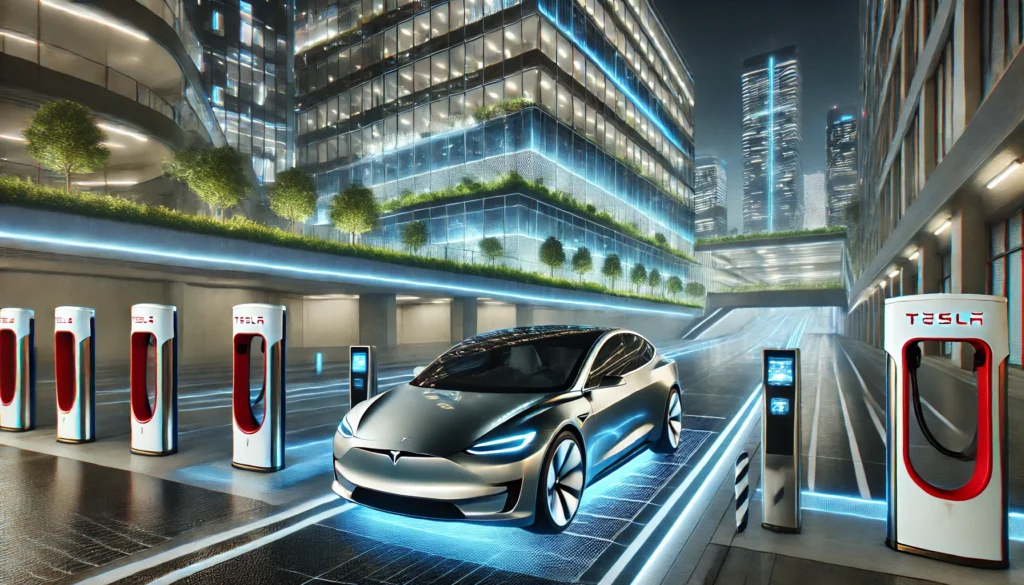
The rise of EVs is deeply influencing the design, cost, and environmental impact of smart buildings. EV integration not only requires new design considerations like charging infrastructure and energy storage systems but also offers significant benefits, such as reduced carbon emissions, enhanced energy efficiency, and cost savings over time. Additionally, as the synergy between EVs and smart buildings deepens, the future holds the promise of more sustainable, energy-efficient, and self-sufficient buildings that contribute positively to the global energy transition.

The Neeve team is looking forward to the opportunity to speak at AHR 2025 February 10-12. Get to know our presenters, Aaron Brondum and Cory Clarke.

In a recent episode of Monday Live, industry leaders convened to discuss the future of smart buildings and the role of interoperability. The conversation, inspired by the book “Who Moved My Cheese?”, focused on the concept of an “interoperable cheese platter”: a holistic solution that combines various technologies and approaches to address the evolving needs of the industry.

Moving the Cheese: How to Adapt to Change in the Building Automation Industry
A discussion on the challenges and opportunities in the age of AI and open standards

The smart building industry is booming, but a familiar foe threatens to stifle its progress: the staffing shortage. Finding and retaining skilled workers is challenging across sectors, and smart building providers are feeling the pinch. As demand for intelligent building solutions grows, companies struggle to scale their operations with limited manpower.

As digital infrastructure evolves, secure remote access has become essential for managing operational technology (OT) environments. Neeve’s solutions are designed to simplify this process while ensuring your spaces are secure, efficient, and easy to manage. Here, we break down key concepts and practices for secure remote access to help you make informed decisions.

The cheese is moving! We’re seeing a shift in the way the younger generation thinks. They’re no longer looking for a single-walled garden vendor to control access to content, applications, hardware, and user data. They’re all about composability and being in control of their own destiny.

Happy New Year! In the first MondayLive! session of 2025, industry veterans gathered to discuss this very issue, exploring the challenges and opportunities presented by

As we reflect back on the twists and turns of 2024 and face 2025 with its new variables and uncertainties, it’s helpful to take a step back and examine the bigger picture, especially our mindset. Life is a dynamic, ever-shifting landscape. We experience periods of stability and success, often followed by unforeseen challenges and setbacks. These fluctuations, the inevitable peaks and valleys of our existence, can be both exhilarating and daunting. But what if we could learn not just to survive these changes but to actually thrive amidst them? We are not merely passive recipients of fate but active participants who can learn from both success and failure to create a more meaningful and fulfilling life.

From our AutomatedBuildings Family to yours, have a great Holiday season

The rise of EVs is deeply influencing the design, cost, and environmental impact of smart buildings. EV integration not only requires new design considerations like charging infrastructure and energy storage systems but also offers significant benefits, such as reduced carbon emissions, enhanced energy efficiency, and cost savings over time. Additionally, as the synergy between EVs and smart buildings deepens, the future holds the promise of more sustainable, energy-efficient, and self-sufficient buildings that contribute positively to the global energy transition.
Our LinkedIn group has more than 4,000 members + 21,880 LinkedIn connections
Email sponsors@automatedbuildings.com